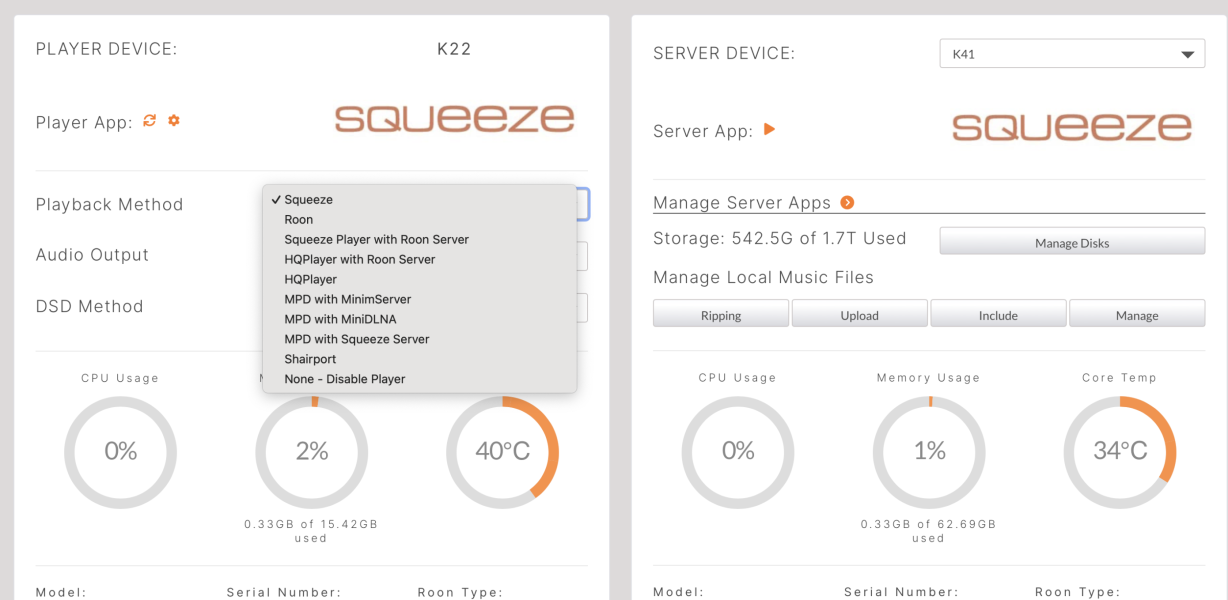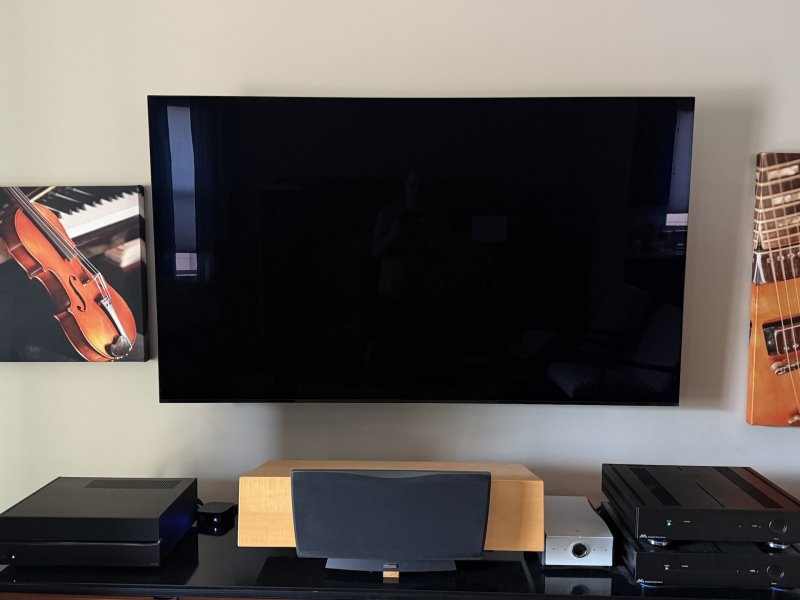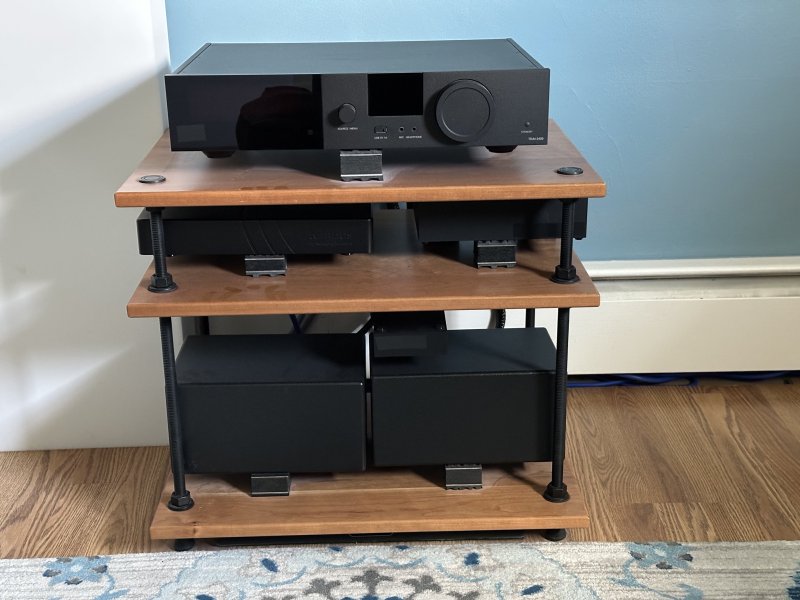In post #79 above I mentioned the need to put your iPad controller on the floor beside your listening chair once you get down to serious listening. The sound reflecting off the metal and especially the glass of an iPad held in your lap can SERIOUSLY affect the imaging and staging you hear from your system. I would not have believed the extent to which this is true if I had not experienced it for years in my own systems. It could be that this effect is more serious in my rooms since I listen in the fairly near field, only about 50 inches from my speaker drivers, but be aware of this if you aren't already.
I think that the best, most sonically neutral position for the iPad is to place it on the floor leaning against the chair with the glass facing the chair. This allows you to more easily grasp the top edge of the iPad, rather than having to get your hand all the way down to floor level.
Another excellent storage method for your ipad controller is to keep it in the cloth-covered large pocket of an over-chair-arm caddy made for remotes and drinking cups or flasks. Links to the two of these I use in my Blue Room system are here and here. These hang over the chair arms and have long "tails" you can anchor under your seat cushion. These provide enough padding to eliminate the audible effects of sound reflecting off an iPad, a drinking flask, or even remote control wands. While these caddies won't work with every type of chair, they work fine for the small upholstered chairs I use and which I think is one of the best kinds of audio listening chair.
I think that the best, most sonically neutral position for the iPad is to place it on the floor leaning against the chair with the glass facing the chair. This allows you to more easily grasp the top edge of the iPad, rather than having to get your hand all the way down to floor level.
Another excellent storage method for your ipad controller is to keep it in the cloth-covered large pocket of an over-chair-arm caddy made for remotes and drinking cups or flasks. Links to the two of these I use in my Blue Room system are here and here. These hang over the chair arms and have long "tails" you can anchor under your seat cushion. These provide enough padding to eliminate the audible effects of sound reflecting off an iPad, a drinking flask, or even remote control wands. While these caddies won't work with every type of chair, they work fine for the small upholstered chairs I use and which I think is one of the best kinds of audio listening chair.
Last edited:








